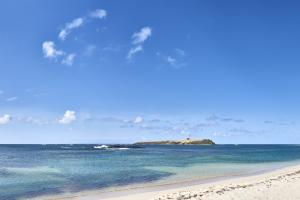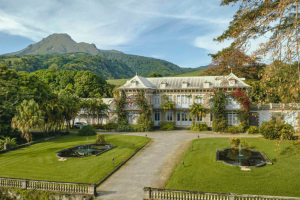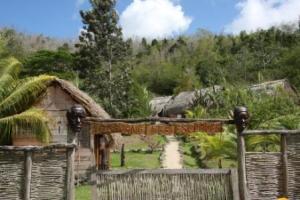
- Cruise
- Travel agency and TO
- Press
- MICE
- Blog
Kreyol
Martinican Creole
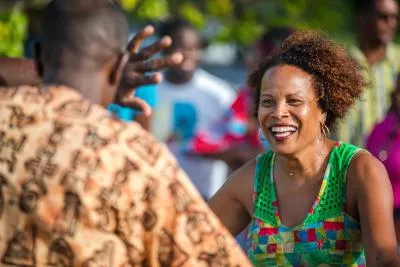

To help immerse yourself a little more in Martinican culture, why not learn about the history of the Creole language and how it has evolved over time? We’ll even teach you a few words.
A vibrant
language
History of Martinican Creole
To fully understand the history of Martinican Creole, we have to go back more than three centuries. According to experts, it was in this rather particular period that Martinican Creole emerged, as a means of communication between the different communities on the island, that is to say settlers from France and slaves, mostly from Africa.
Like Haitian, Guyanese, Reunionese, Saint Lucian or Guadeloupean Creole, Martinican Creole is mostly a spoken language. While the lexical base is French, it has many influences, including English, Spanish, Indian, Amerindian, and of course, African, resulting in a wonderful blend.

Development of Martinican Creole
Seen as a simple patois, Martinican Creole has often been unfairly devalued, especially in schools where it was considered too familiar.
Thanks to the long struggle of a number of intellectuals and well-known authors of French West-Indian literature, such as Jean Bernabé, Raphaël Confiant and Patrick Chamoiseau, there is now a CAPES in Martinican Creole (the CAPES is the French national secondary school teaching certification exam) and the language is taught in schools. Martinican Creole is recognized as a regional language in its own right and although French is the established language of administration and public services, today there is real complementarity between the two languages.

Do you speak Creole? - Es ou ka palé Kréyol?
Do you speak Creole? - Es ou ka palé Kréyol?
Do you speak Creole? - Es ou ka palé Kréyol?
Do you speak Creole? - Es ou ka palé Kréyol?
Do you speak Creole? - Es ou ka palé Kréyol?

Spoken with love
A Simple and Authentic Language Resembling the People of Martinique
Mother tongue and language of emotions, Martinican Creole, like all forms of Creole, is a language of intimate and local settings which is usually reserved for the family circle or with friends. However, once you set foot on the island, you won’t have to listen hard to realize that Creole is spoken everywhere and by everyone, be it in the street, on markets or at the beach. You’ll even hear it on local radio channels, which are an excellent way to immerse yourself in our French West-Indian culture by the way.
If you speak French, you will also quickly realize that we tend to use the “tu” form in Martinique. Don’t be offended either if a complete stranger calls you “doudou”. This little word, which means “darling” in Creole, is always intended with great kindness and respect.
In fact, the people of Martinique care a great deal about courtesy. So, saying “bonjour” (Bel Bonjou), “bonsoir” (Bonswè), “s’il vous plaît” (souplé) and “merci” (mèsi), in a loud and clear voice, will always be appreciated.


Daily lexicon
Nou Kontan wé Zot: Welcome (literally: We are happy to see you)
Sa ou fé? How are you?
Man ka tchimbé : I'm fine.
Pani Pwoblem: no problem / you're welcome
I bon: It's okay
Vini la: Come here
Ba mwen: Give me
Mennen mwen: Show me
Doudou: Darling
An nou alé!: Let's go!
A pli ta: See you later
An soley lot! : Goodbye! See you soon!
Unavoidable expressions
Tchimbé raid, pa moli: Hold on, don't give up!
Bon maché ka kouté chè: Always wanting to buy things cheap ends up costing you more (because you have to repair or replace things).
Chien pa ka fé chat: Like father like son/Like mother like daughter
Chat pa la, rat ka bay bal: While the cat’s away, the mice will play!
Our advice
And above all, don't be afraid of making grammatical mistakes or not having the right intonation during your trip. If you want to learn Martinican Creole and its unique vocabulary, expressions and proverbs, make sure you take every opportunity you can to try speaking it.
Ordering a Ti-punch in one of the island’s distilleries is a good place to start:
Alô ba mwen an CRS souplé ! (Give me a Ti-punch, please!)
For more culture
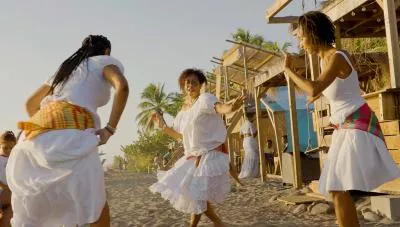

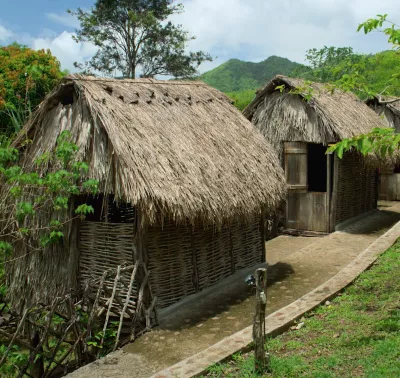
activites

